Internal Tooth Bleaching NYC
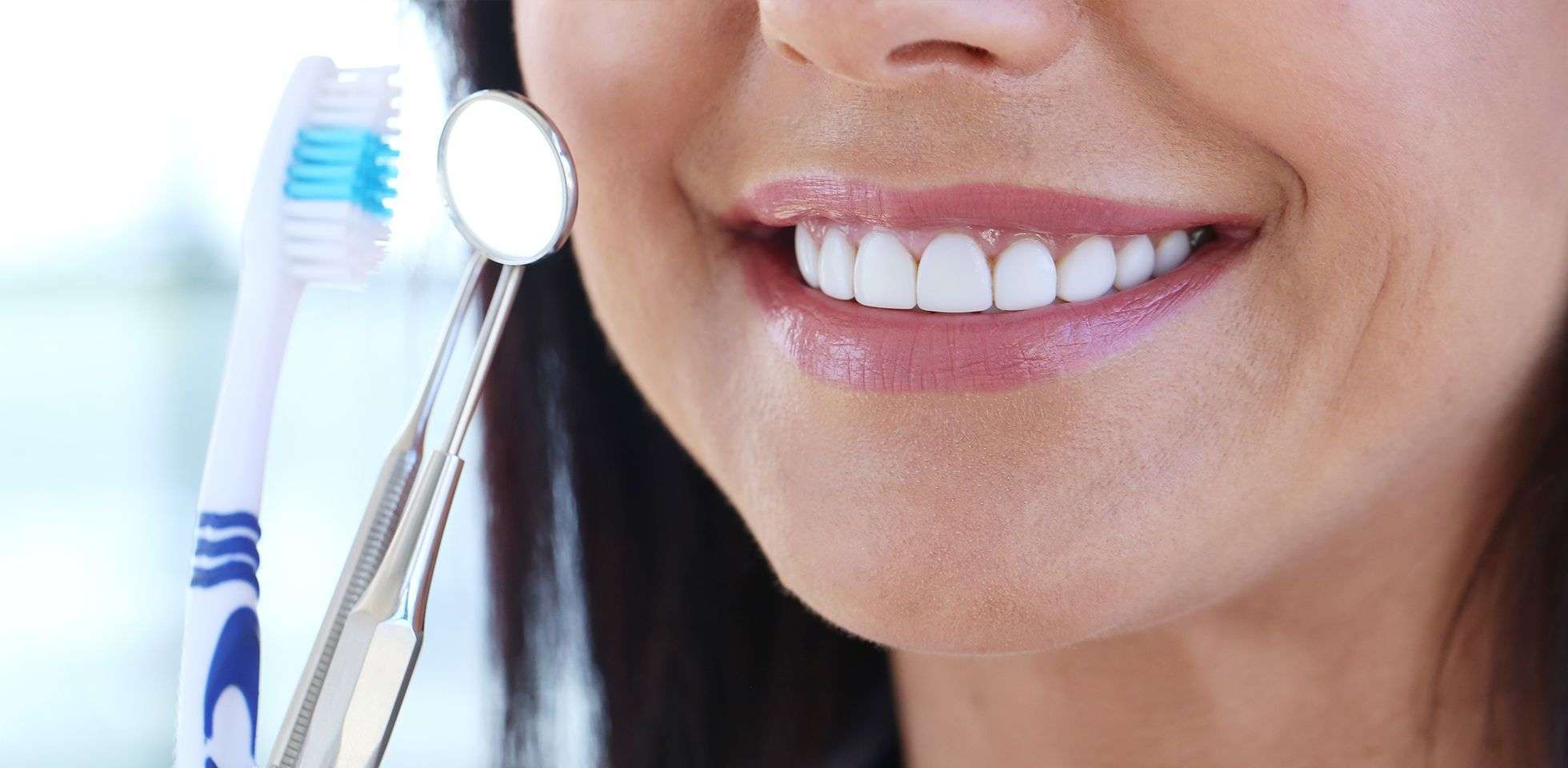
Internal Tooth Bleaching Specialist
As a top endodontist in New York City, Dr. Lipner offers advanced internal tooth bleaching techniques at his Midtown East practice, helping patients with deeply stained teeth banish discoloration so they can feel more confident about the way they look.
If you think that you may benefit from such procedure schedule a free consultation with Dr. Lipner.
Jump to:
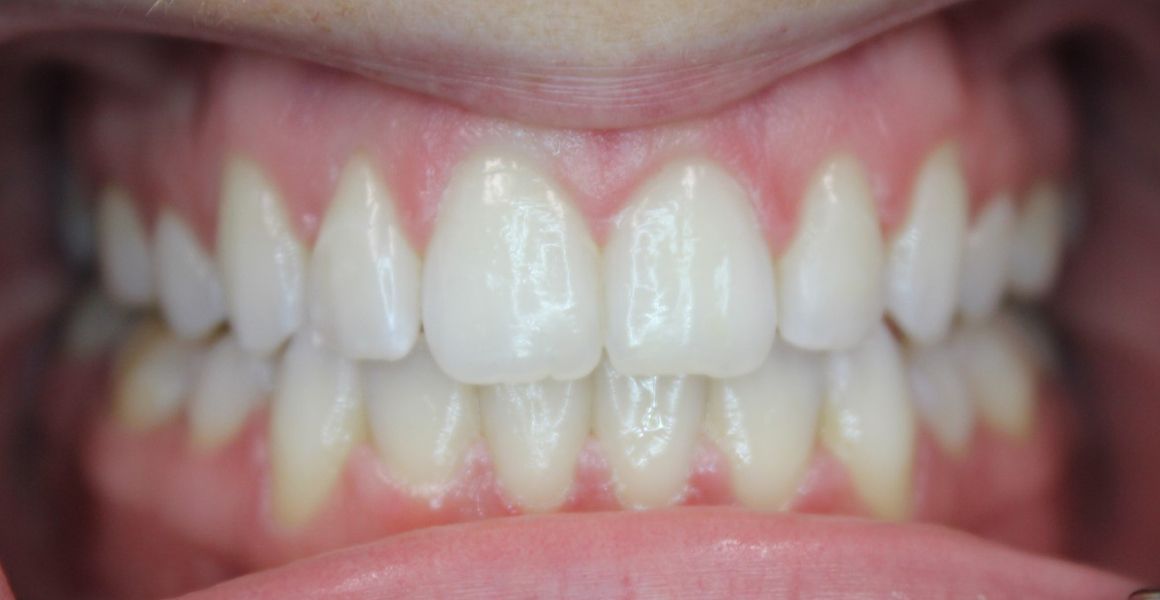
Why do teeth become badly discolored?
The most common causes of deep discoloration of teeth include root canals which remove the tooth’s living interior portion, called the pulp, and trauma, which can damage nerves and blood vessels that help keep the tooth healthy.
Deep discoloration may be hidden by a veneer or covered by a crown, but it can also be treated with special techniques designed to reach the tooth’s interior layers to remove stains and help patients feel more confident about the way they look.
Can a regular whitening treatment remove deep stains?
Stains and discolorations that occur on the surfaces of teeth can usually be treated with topical whitening agents. But when teeth become badly discolored in the inside, they need techniques designed to reach the interior layers of the tooth to treat and resolve discoloration where it occurs.
Internal bleaching in NYC uses techniques and whitening agents that are specifically designed for stains that develop in the tooth’s interior to treat stains that just can’t be remedied with surface bleaching agents.
Internal Tooth Bleaching Procedure
First, a dental x-ray will be taken to determine the extent of discoloration and also the cause of the stains. If a diseased or damaged pulp is to blame, a root canal will be performed to remove the damaged area and a whitening paste will be applied during the procedure to remove stains. If the tooth has already had a root canal, the stains can be removed by making a small hole in the back of the tooth to gain access to the stain and remove it. The hole will be carefully filled after treatment.
After Dr. Lipner applies the whitening agent to the inside of your teeth, we’ll monitor your status and remove the paste when your tooth has reached the desired shade. Sometimes, this process can take a few days. Once finished, we seal your tooth to prolong your results.
Internal Tooth Bleaching FAQ
What is internal bleaching?
Internal tooth bleaching is essentially a teeth whitening technique that works from the inside out. With traditional tooth whitening, you wear trays or get whitening treatments that target the exterior of the teeth. If you have healthy teeth, those methods can result in a whiter smile.
Internal teeth whitening is a minor surgical procedure that addresses the yellowing and darkening from the inside. We recommend this option when traditional whitening is ineffective. Often, patients who have received a root canal need internal teeth whitening.
What should I do following my internal bleaching tooth treatment?
Follow your dental team’s instructions after your appointment. We will set up another time for you to come in so that we can monitor your results.
Attending these appointments is essential because we may encourage you to use whitening trays to supplement the procedure. If a professional suggests trays to make your teeth whiter, you must use them as instructed.
How long does internal tooth bleaching last?
The longevity of your bleaching results will depend on a few factors. If you have had a root canal before your procedure, internal tooth whitening may be a long-lasting or even permanent solution. Infections can cause discoloration to reoccur.
Another thing to keep in mind is that internal whitening only affects discoloration that starts inside your teeth. The outside is still vulnerable to staining. Patients who drink coffee or red wine, smoke or eat certain foods may notice more rapid and frequent yellowing.
Does internal bleaching work on a dead tooth?
Yes, internal teeth bleaching works on dead teeth. This procedure is ideal for teeth that have died because of trauma, direct impact, grinding, infection or other causes. Because dead teeth receive no blood flow, the red blood cells die. Just as bruises form beneath your skin, the inside of a dead tooth can become discolored.
If you have had a root canal, saliva, blood or bacteria can enter the tooth. Over time, this tooth may appear darker than the rest. Whether you have a dying tooth or one that received a root canal, it can look more yellow or darker than the rest of your teeth.
Since the staining occurs inside the tooth instead of on the enamel, treatments you apply to the outside will have no effect on discoloration that stems from tooth infection or death.
How much does internal tooth bleaching cost?
Your internal tooth bleaching cost will vary. Do you need whitening trays for exterior staining or a root canal to remove the infected pulp? If so, you will pay more than if you have already taken bleaching measures and had a root canal.
In America, the average cost is $260 to $320 per arch. To get the most accurate estimate, contact Dr. Lipner, who can help you understand how much your treatment may cost.
Is internal bleaching safe for teeth?
Yes, the techniques and products used to whiten teeth internally are completely safe.
Author: Dr. Steven Lipner

 Our Providers
Our Providers
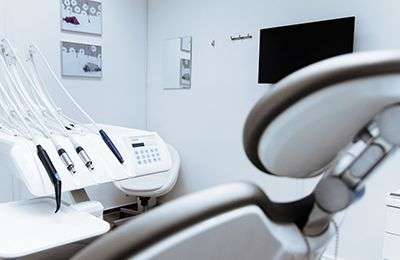 Blog
Blog
 Contact us
Contact us
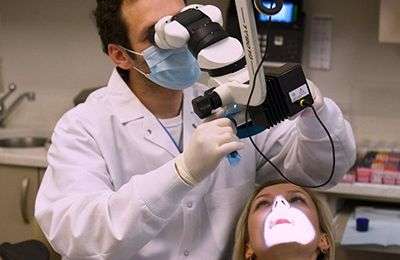 Endodontics
Endodontics
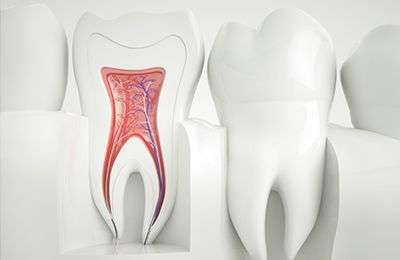 Root Canal Treatment
Root Canal Treatment
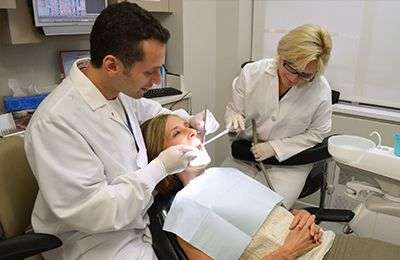 Emergency Root Canal
Emergency Root Canal
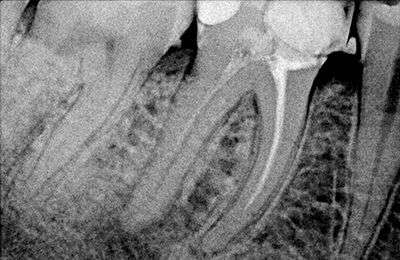 Root Canal Retreatment
Root Canal Retreatment
 Complimentary Teeth Whitening
Complimentary Teeth Whitening
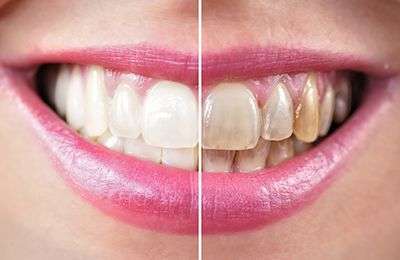 Teeth Whitening
Teeth Whitening

